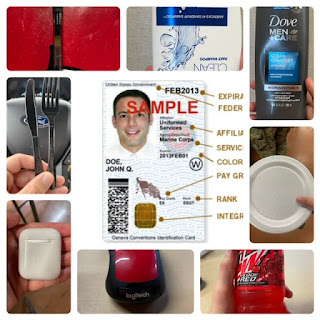How to save our planet.
|
Biological |
People are
having less children. With the help of education, women rights, and raising
people out of poverty this can help us become balanced race which will help
us restore the world balance. |
|
Conservation |
Reduce the
amount of fossils fuels being used and replace them with renewable resources.
|
|
Economic |
Produce better
farming technology and practices to produce more with less. Reduces the amount
of meat consumed to plant more to feed more. |
|
Management |
Created a global
network that can create no fishing zones, restoring a treaty of international
waters which helps produce more fish to consume |
In how to save our planet it goes on tell us that as
we’ve become less wild in where we became domesticated to our lives where we cultivated too much land, domesticated to
many animals, and cut down too many trees. Using too much of our resources which is making our planet becoming less habitable over time. We passed our balance of
being able to coexist with this world because of our massive population. The biggest
problem we have is the growing population of the world and it's not due to having
more children. Humans giving birth has declined but the problem is more people are living longer. With the increase of education, women rights, and raising people
out of poverty we can come back into a balance at the turn of the century. There are goals we can make and achieve to restore our balance and maintain it which the chart
helps illustrate above.
3 Ways to Conserve Water
|
Education |
Tell people how
much water they are consuming which allows us to acknowledge it. We tend to
turn a blind eye to our water consumption. Melbourne a city in Australia used an electronic billboard that tells the city how full the dam is so that people can acknowledge
how much is left and lets them decide what actions they are going to take. |
|
Conservation |
Reduce the
amount of water being used in our everyday life. Examples of these is reducing
the amount of time in the shower, turning water off while brushing teeth and
turning it back on to rinse. |
|
Innovation |
Use technology to
raise awareness on how much water is available and let people make their own decisions to conserve water. Cities can offer to replace shower heads for free that make showers
more water efficient. Create regulators that can be attached to existing shower
heads so that people can use their old shower heads. The creation of things like the Marina Barrage
which is an urban water reservoir built in Singapore that catches rainwater that
has helped increase useable water by 10% and protect low areas with flowing because
of its connection with the sea. |
In the Ted video 3 ways to conserve water Lana
Mazehreh tells us three ways we can conserve water. The first one is through
education which tells how much water we use and allows us to acknowledge our problems.
Countries can also come up with innovated ways to inform citizens how much
water is left. Example of this is in Melbourne which used electronic signs that
allows their residents to know how much water is left in the dam so they can be
more consensus about their water use. With all this steps that the city of Melbourne
was able to implement they were able to reduce water usage by 51%. Singapore
is a city-state that is in the top 10 places of water scarcity, and they
created a water catchment called the Marina Barrage which collects rainwater.
With the creation of the Marina Barrage Singapore has seen an increase of consumable
water by 10% and saw a reduce in flooding in low lying areas because its
connection to the sea.
Biodiversity
In Jane Goodall’s Mother Earth, she says that attitudes
are the problem for the reason why no big change has been made in efforts to
restore our world. We must think about we use, eat, and make and how that affects
all of us. If we sit around and feel sorry for ourselves and keep blaming past
generations for our failures nothing will be fixed. It's up to all of us to change
this perspective and demand change for the future.
|
Perception |
Changing people’s
perception on how they view their actions on the world. Restore hope in the world
and act and demand a better world for themselves and the rest of everyone. Think
about what we use, eat, and make so that our attitudes can change. |
- Goodall, J. (2017). Mother Earth [video]. The Inspiration Journey. https://vimeo.com/214288898
- Attenborough, D. (2019). How to save our planet [video]. WWF International. https://www.youtube.com/watch?v=0Puv0Pss33M
- Mazahreh, L. (2017). 3 thoughtful ways to conserve water [video]. TED@BCG. Retrieved from https://www.ted.com/talks/lana_mazahreh_3_thoughtful_ways_to_conserve_water/up-next



